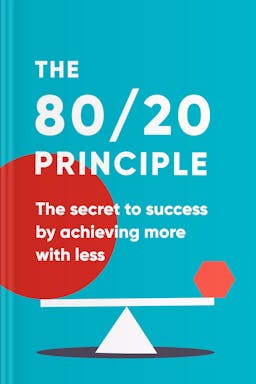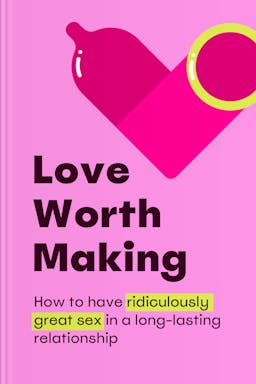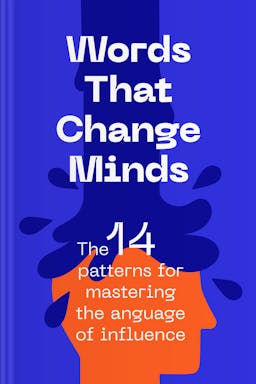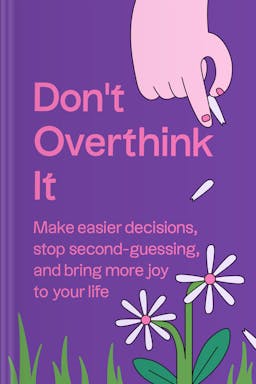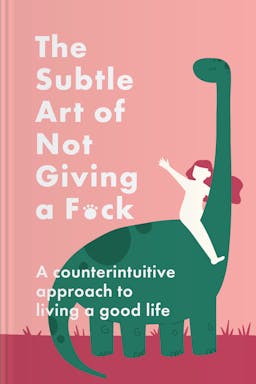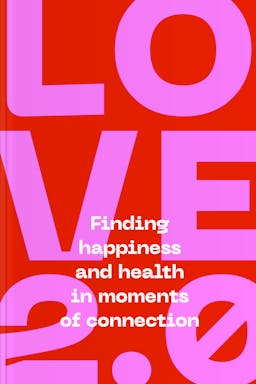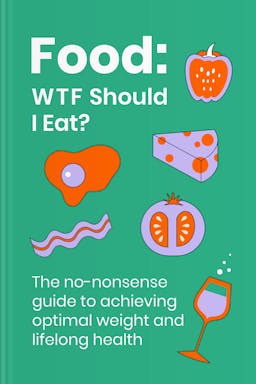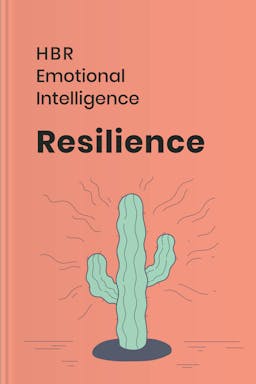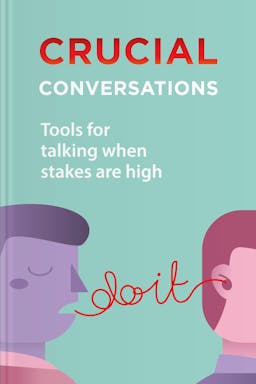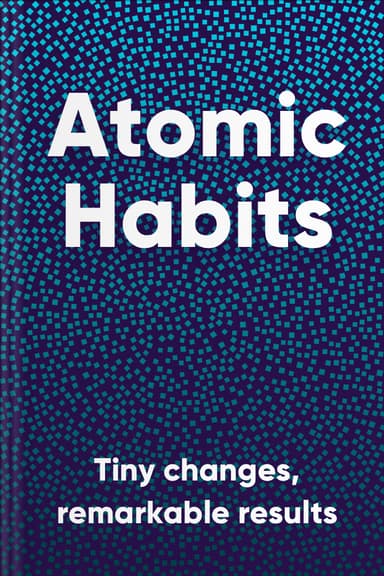
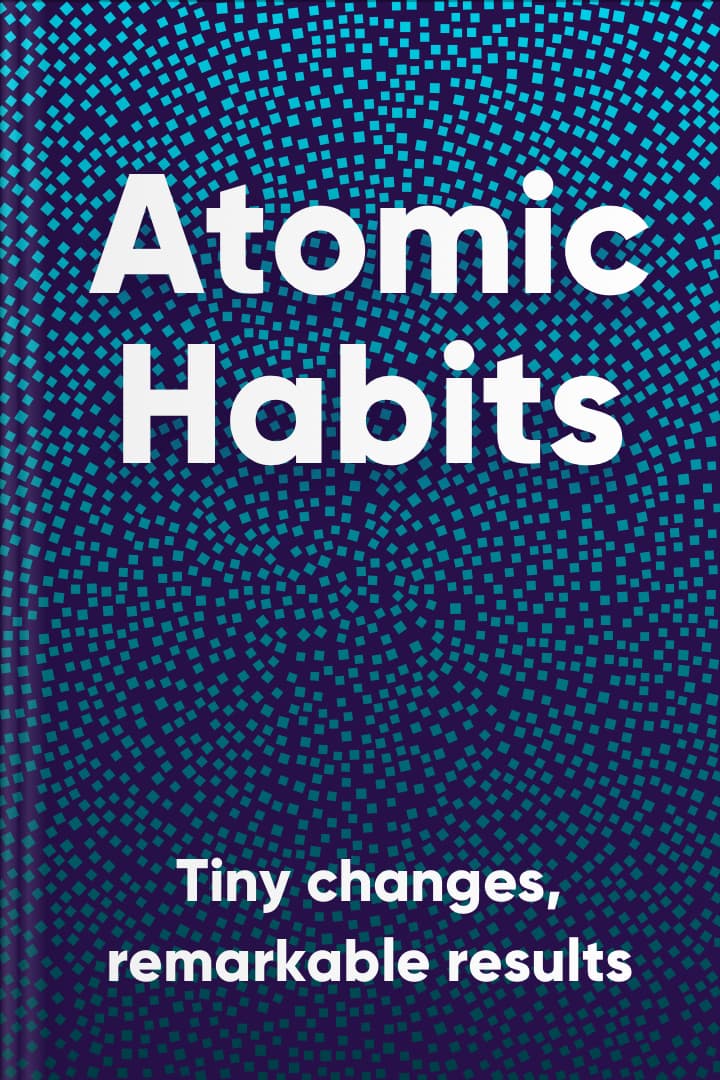
Summary of Atomic Habits
You’ll learn
- Reasons why changing habits is so difficult
- How habits and identity are interconnected
- What are implementation intention and habit stacking
- How to make good habits attractive
Table of content
- Summary of Atomic Habits
- About the author
- What is Atomic Habits about?
- Who should read Atomic Habits
- Topics in Atomic Habits
Good habits produce results that multiply rapidly like money that grows through compound interest
Productivity compounds. When you accomplish one extra task on any given day, it seems small on that day. But when it is considered over an entire career, it counts. As you automate some tasks, your brain gains freedom to think on more important things.
Also, stress compounds. Little stressors may seem isolated at first, but over time, they compound into serious health issues. Parenting, traffic jams, a slight increase in blood pressure, etc., are common sources of worry. Worrying then compounds into bigger problems.
Negative thought compounds. Accumulating thoughts that don’t enhance life will create a negative reality for you. Be mindful of how you think of yourself and others. Outrage compounds. Often, it is a combination of microaggressions that burst into protests and civil unrest. But we like to pin it on a single event as if it were isolated.
Small changes appear insignificant until it reaches a tipping point or threshold. This threshold is known as the “Plateau of Latent Potential.” To get the results you seek, you need patience.
In this summary, you’ll find a simple but effective strategy that will take you from where you are to where you expect to be in your life. Anyone can apply these principles to any aspect of their life that requires transformation.
Did you know? According to James Clear, a daily improvement or retrogression of 1% will leave you 37 times better or worse at the end of a year.
Breaking a bad habit is an arduous task

Changing who you are is more important than focusing on what you want to achieve because it makes the change sustainable
The concept of identity-based habits is better understood in terms of feedback loops
The Habit Loop explains that all habits are formed in a four-stage procedure: cue, craving, response, and reward
You need to become aware of your habits because the process of behavior change starts with awareness
Implementation intention and habit stacking are two effective strategies that can help you initiate and stick to desired habits
Every living being has its own methods for sensing and understanding the world
The brain responds readily to attractive opportunities
Do not delay rewards for good habits if you want them to stick
Conclusion
What is Atomic Habits about?
Who should read Atomic Habits
Topics in Atomic Habits


Enjoy summarized nonfiction bestsellers
Grasp the book’s key ideas in less than 15 minutes
Get startedGet new knowledge easily
Let’s check how many titles you can finish in a month with Headway! Tell us how much time you’d like to spend on reading:
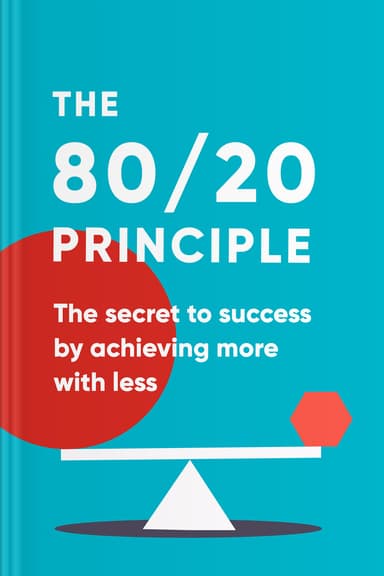

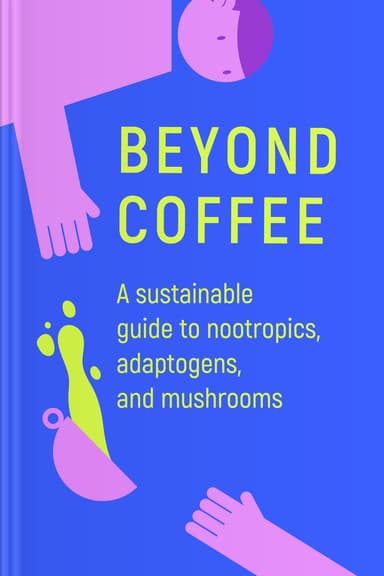



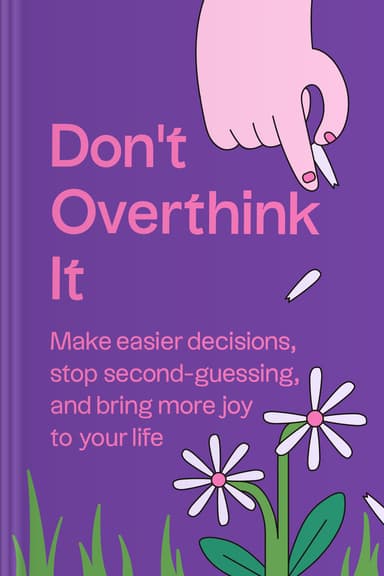
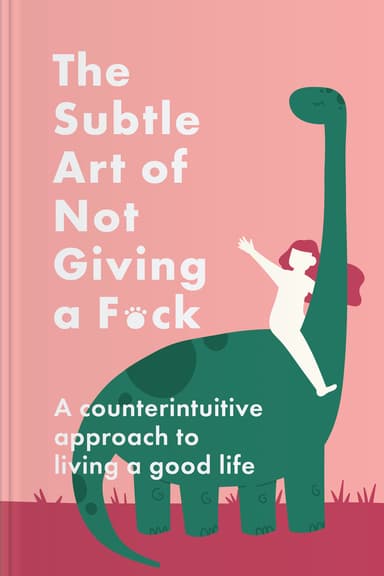

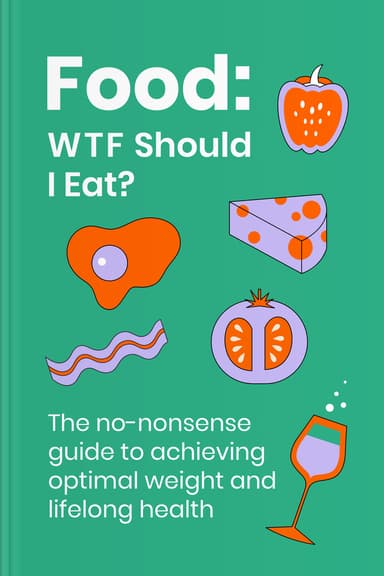

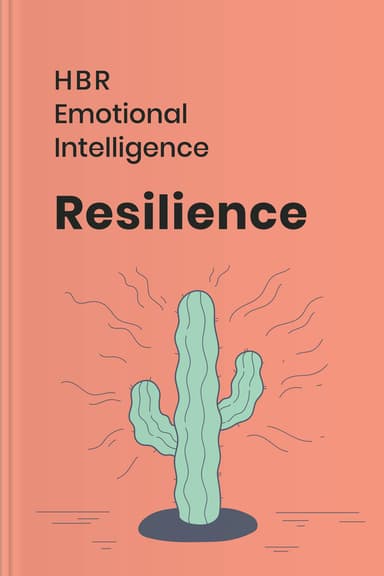


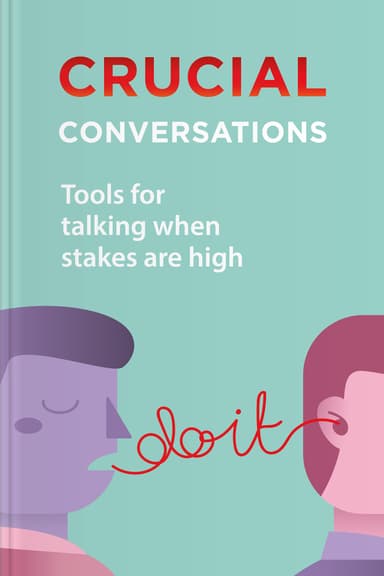


Join 30+ million learners around the world
Everything you need to be motivate, to learn & to self improves is all here. I actually do appreciate the reminders because otherwise this wouldn’t work for me. Thank you
Headway is the answer! No longer accumulating books I never read. With Headway, I initially chose the areas important to me such as productivity, time management, etc., and each day I'm provided several book summaries from which I devote 20 minutes or more each day reading. All of this on my phone! My life has improved with Headway. Truly my most useful app.
An excellent concept, executed well. Headway can help you retain what you've read while introducing you to the essential core of new information. It's an easier way to stay inspired, and to be reminded of the mental tools you've learned
In today’s world, we rarely have time. Between our jobs, our families are social obligations, when do we have time to grow and develop ourselves? Headway is an excellent app that gives you that time it gives you those little snippets of information that you need to direct your focus in on your life. Headway gives you a chance to find out the meat of a book that you might want to purchase and read or listen to in-depth without wasting a lot of time trying to figure out is this book for me? I highly recommend the app.
The selections are on point and the summaries are excellent! I listen while I walk my pup 🐶 and have in turn, ordered a few selections! REALLY loving the app, it’s layout, daily selections and features!
I've gotten multiple books out of the library with the intent to read them, but always have a hard time finding the time. This app has helped me finally be able to get to them. Summarized, yes, and thank goodness too! Just short enough I can finish one on my way picking kids up from school/practice, or while I'm cooking dinner. I can't wait to listen to them over the summer when we visit the beach!
It amazed me! There is the possibility to highlight the most important points of each book and instantly translate unfamiliar vocabulary. With the ability to review the searched words. It's a great way to learn more about English as well. The price is great.
I’m enjoying what I’m learning on headway.each summary comes with quotes at the end which you can save to help you remember key points. You can listen or read, I’ve found that reading puts me to sleep before I can finish but the listening feature keeps me engaged and I can finish in a brief amount of time if not one session.
The app it’s so easy to use. I use it while driving or cooking and is great. I love the fact that the chapters are short, so you can finish them quickly. Very knowledgeable.
The best app for self development.It helps to keep pace with your reading and also suggests the kind of reading material you might like.It is fun as you can switch from reading to listening and vice-versa as per your convenience .Just get started and partake of the treasure of knowledge at your fingertips .I feel lucky to have spotted the app.It has helped me become self-disciplined and much better informed.The audio track is excellent.
Exactly what I need! I always have booklist to read, but can't committed enough to finish/start bc of too much pages. Headway is really helpful and concise with their summary. What I love the most is that the essence of the book is well crafted, so I don't only read the key points, but also there's the story and how personality of the author still well shown through the summary. Well done!
This is outstanding best app ever and honestly whoever came up with is my app is an absolute genius kudos my gratitude definitely goes out and I’m only on my first week free trial and I’m certainly going to purchase this app annually. Now that I have it, I can’t even imagine living without it.












